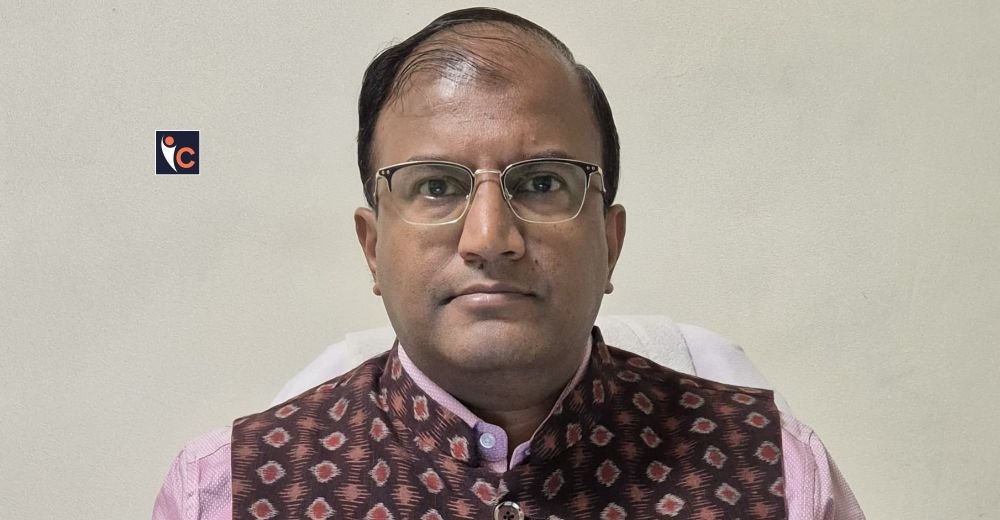Prime Highlights
- Indian medical tourism sees a sharp spike as NRIs lead a 150% growth in the consumption of health insurance.
- Low Indian premiums and high quality healthcare attract foreign patients to them.
Key Facts
- Indian health premiums are 70–90% lower compared to their US and GCC counterparts.
- Tier-3 cities contribute 46% of NRI health insurance claims now, a reflection of increasing confidence in smaller healthcare centers.
Key Background
India is experiencing a strong growth in medical tourism, led mainly by Non-Resident Indians (NRIs) coming back home to seek medical treatment. Take-up of healthcare procedures via health insurance among NRIs saw a 150% year-on-year growth in FY 2024–25. This growth is evidence of growing confidence in the health infrastructure and insurance mechanism of India.
The key driver of this trend is cost savings. NRIs are able to save up to 90% of the cost of surgery and procedures compared to the US, UK, or GCC countries. For example, a complex surgery such as bypass heart surgery or organ transplant that can run into tens of thousands of dollars overseas can be done in India at a fraction of the expense with no compromise on quality. Also, Indian per annum health insurance costs USD 120 to 300, compared to over USD 8,000 in developed countries.
To the surprise, the trend is reversing beyond metro cities. Tier-3 towns now get nearly half of total NRI insurance claims compared to relatively small percentages in previous years. This indicates growing reliance on India’s upgraded secondary networks of healthcare. In addition, young NRIs below the age of 35 now form an enormous percentage of new policyholders, with a 148% increase among this young population alone. Growth in female policyholders, with a 125% increase, also indicates more casual healthcare engagement.
Southern Indian cities of Bengaluru, Hyderabad, and Chennai remain popular because of world-class hospitals and physicians. There is also increasing popularity for emerging urban areas like Pune, Thane, and Kolkata. Reasons include no waiting time, English-speaking doctors and nurses, affordable medicine, and cultural affinity. Along with initiatives from the government like “Heal in India”, the industry will grow to USD 13 billion by 2026.





